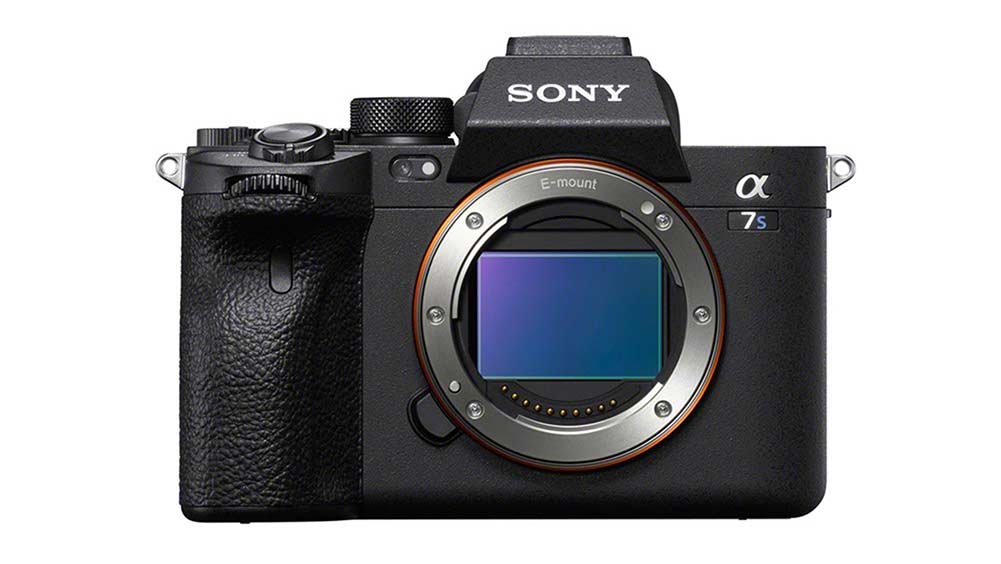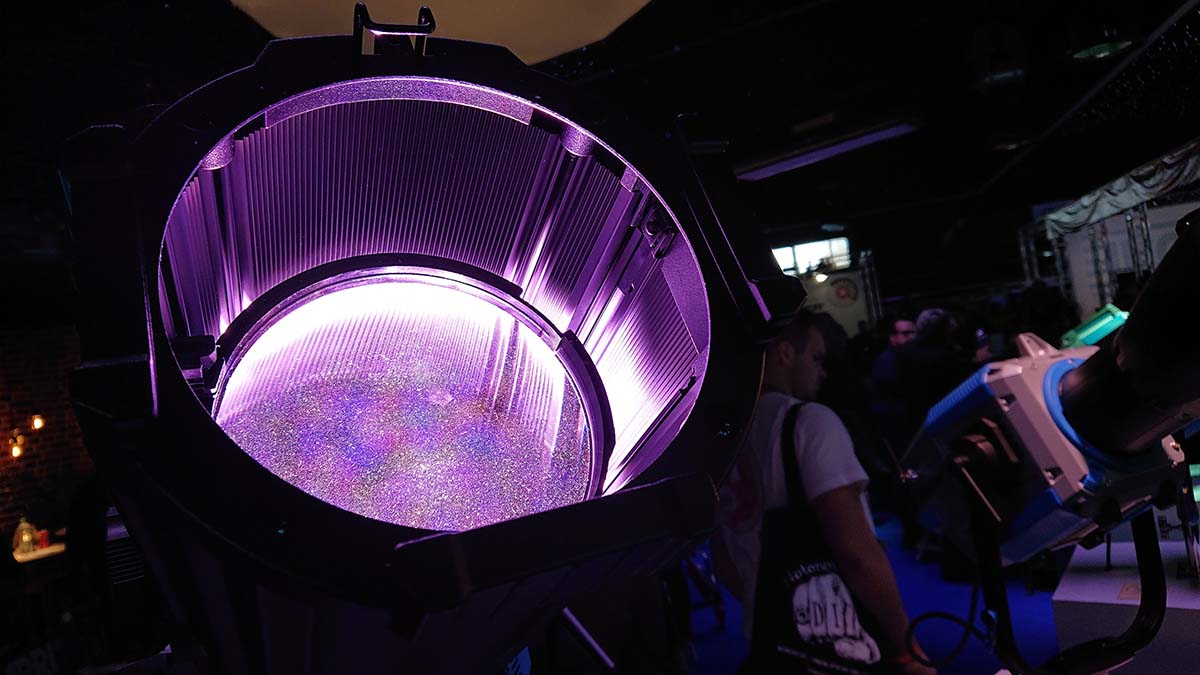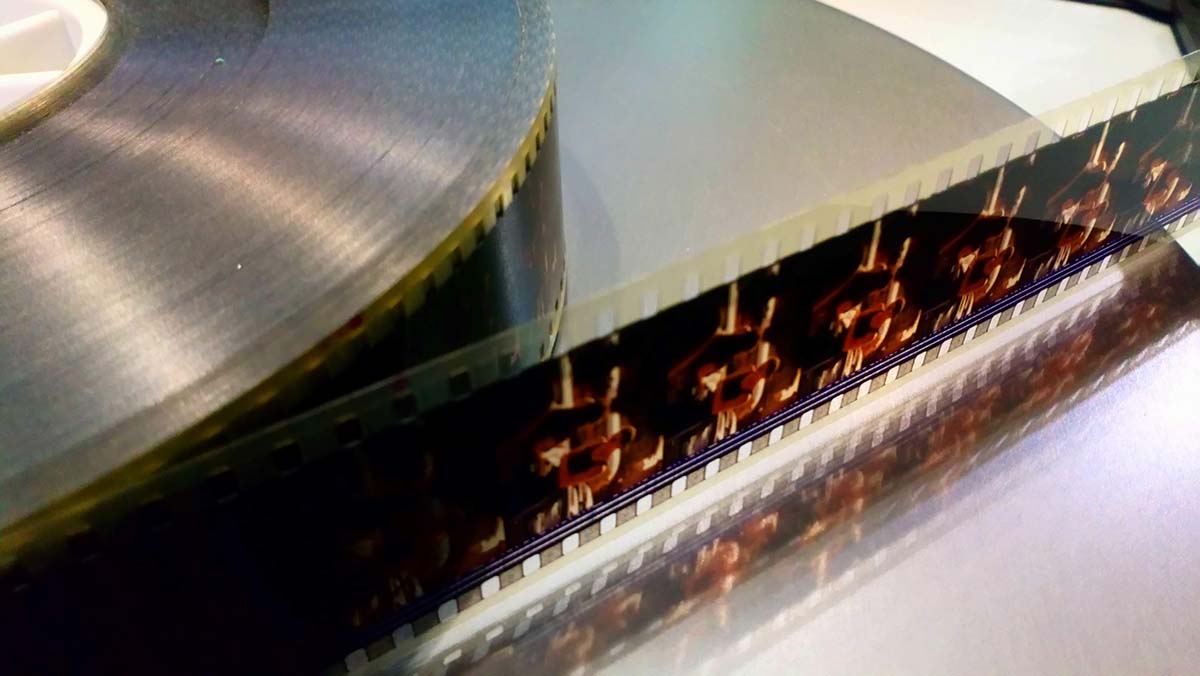
Yes, we’re really about to argue that cameras can be too sensitive.
There’s a certain part of the film and TV industry which values the ability to turn up on a night exterior without a veritable wagon train of white trucks. In fact, it’s quite a big part; the ninety-nine per cent, if you like, representing people who have become much more able to do big, spectacular night exteriors in this brave new world of drive-thru minimum apertures. It’s wonderful technology, but as so often, it falls to your notoriously gloomy narrator to empty out at least some of the wonder and replace it with a heaping plateful of grim reality.
Naturally lit night scenes are ugly...
Put simply, has anyone else noticed that available-light night exteriors don’t actually look very good, no matter how fast your camera is? The first cameras to make this possible were actually not at the high end; they were DSLRs, which often combined fantastically high sensitivity with fantastically low bitrates. People complained about “codec mud” as if the dull, reddish noise that provoked it wasn’t so often caused, straightforwardly enough, by dull, reddish low-pressure sodium street lights. The light which makes that kind of mud look brown is too dim even to register on film, or on some of the less-sensitive varieties of digital cinema camera.

ARRI Orbiters at BSC Expo 2022.
As cities relight with LED, the rather ugly, swimming noise that’s so often produced by inexpensive cameras using long-GOP codecs is moving from brown to an unhealthy, desaturated cyan-green, a colour that a paint manufacturer might call recent decomposition. The result might not be codec mud so much as codec slush puppy, but it’s just as unappetising, and just as unlike the results we’ve grown to expect from more than a century of cinema shot with technology that just couldn’t see the problem.
Away from entry level gear we can record it better, so it just looks like noise. That is an improvement, although even on the best camera in the world, the overall effect might still not be what we want. Crank a modern camera and lens combo up to full throttle, and every phone screen in frame becomes a diminutive softbox in its own right; every security light a distraction, every car headlight a blinding star. The traditional screen depiction of night, as established by decades of in pre-digital screen craft, does not look like this, and it often isn’t what even the most avant-garde filmmaker wants.

This never got faster than about 500 ISO. Most of the things we love best were shot on it.
Shadow detail
No matter how good they are, modern digital cinema cameras achieve their high performance by improving their ability to detect shadow detail. Generally, they don’t have high dynamic range because the whites they could see got any brighter; they have high dynamic range because of their prodigious ability to see into the shadows, often to the point where the absolute amount of contrast in the frame is quite noticeably reduced.
As a result, hard-to-control sources of light such as street lighting, signage, vehicles and luminous insects begin to dominate the frame. Making individual applications to several dozen building owners to switch off their automatic security lighting becomes more work, and therefore more expense, than negotiating a place to put a cherry picker with an 18K on it. Slide in one of those 1.2ND filters that Lee now has in its ProGlass range and enjoy all the dynamic range benefits of your 3200 ISO Venice 2 while simultaneously reducing the pink neon “Girls” sign to a barely-visible background glow.
Of course, at that point, we’re playing with a princely two hundred effective ISO, and we’re going to need to shine some lights at the principal cast to ensure we’re not mistaken for a maligned episode of Game of Thrones. And yes, at that point, the performance of our high-efficiency modern technology begins to tell, although if we want to match that 18K in terms of falloff behaviour over any distance we’ll likely be looking for more power than LEDs can give us even now.
All of which is a roundabout way of getting to the point that there is only so much technology can do in order to make filmmaking easier, at least if we confine the discussion to conventional commercial cinema. If you’re Lars von Trier, all bets are off, but that’s likely not the market being most directly targeted by suppliers of equipment targeting either the high-end or mid-tier markets.
With pandemic fallout pushing the BSC show to within a couple of weeks of the NAB show, and the almost-as-imminent Cine Gear following not far behind, it looks like we’re likely to get a concentrated dose of new gear, representing two years of development work, in the space of a couple of months. Much of that development work will have been aimed, as it has been for decades, at building cameras and lenses that behave better in low light.
Nobody’s objecting, in the main. The option to use classic glass at a stop that allows it to really perform is a good use of that technology. The option to shoot small scenes using entirely battery-powered light is, too. Overcranking without making special concessions in lighting is fantastic, and nobody’s complaining about having an emergency ripcord if the sun runs off before it’s scheduled to. In the end, though, cinema is not necessarily a more-is-more proposition, and our expectation of how certain things should look is not necessary supported by making technology that, in the end, doesn’t work anything like it used to.
Cameras, in the end, must interface with much the same reality they always have, and since that hasn’t changed there’ll likely be an ongoing need for lights that take two people to lift.
Tags: Production Lighting Cameras


Comments